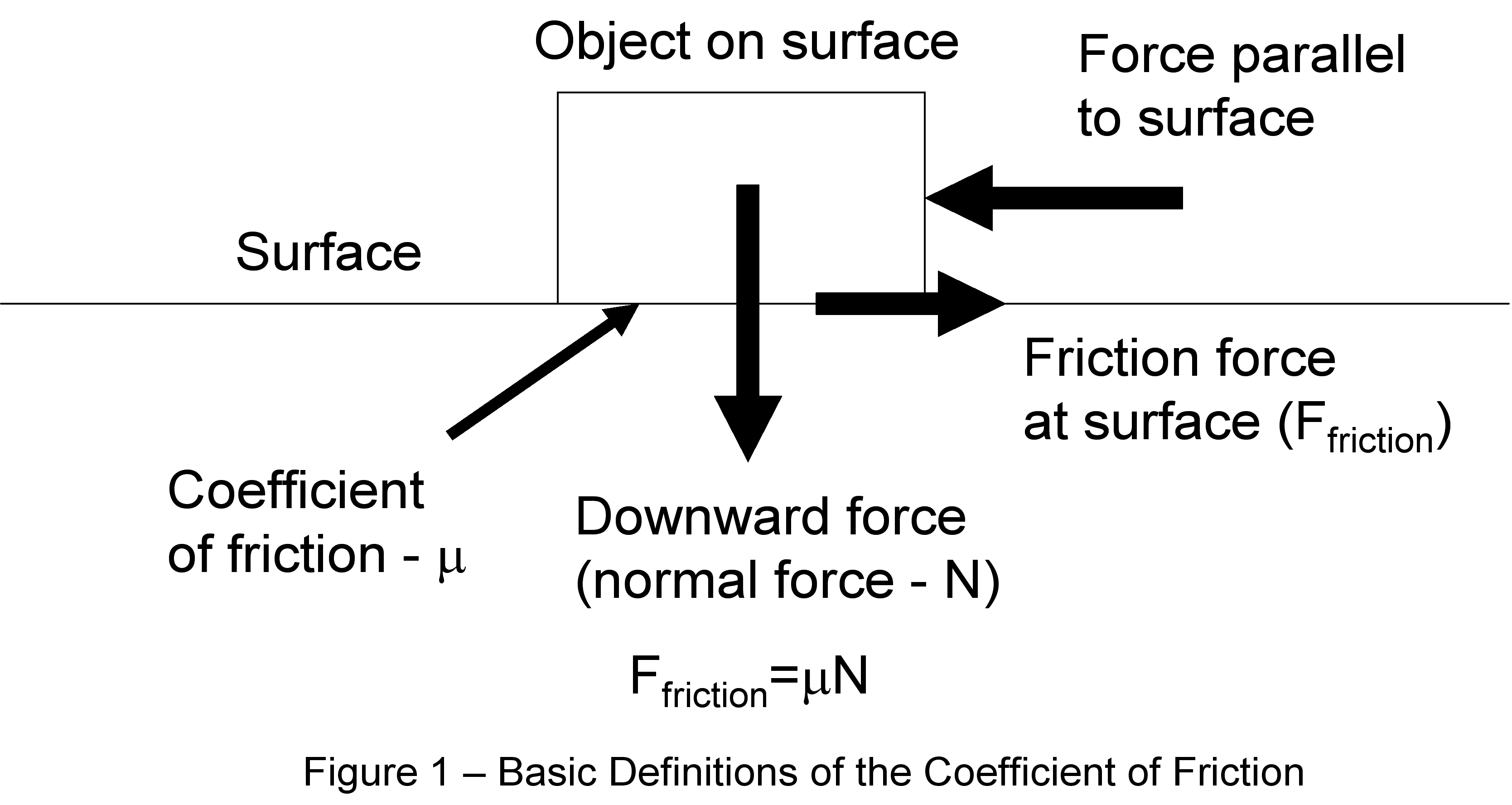
Construction of the Pyramids
Part 1:
Moving the Blocks

It is speculated that the pyramids were constructed in different ways depending on the era in which they were built.
The earliest Egyptian pyramids were built with a design that caused the layers of stone to slope inwards. As time moved on this design was shown to be less stable and thus inferior to simply laying the stones flat on top of each other. An interesting mark of this transition can be seen in the design of the “Bent Pyramid.”

The pyramid was initially built with the smooth sloped characteristics of the initial pyramid designs but changes to the stutter step exterior of the horizontal designs that were found later. This change from a 54˚ of inclination to a 43˚ of inclination is believed to be a result of the developing instability of the inferior designs and the architects attempt to return to stability.
The movement of the blocks to build the pyramids is where the physics gets intimidating. When the pyramids were built they only had the use of man and animal power to move the titanic amount of stone required to build these marvels of construction. How this amount of stone is not entirely known for sure but several theories have been born to attempt to understand the techniques used to move the blocks that weighed up to 80 tons (72,574 kilograms.)
Lubricated blocks –
The theory of lubricated blocks implies that
the blocks were moved through the use of water as lubrication.
Friction is the largest resisting force when moving the blocks in
this fashion. With a titanic normal force inherent with blocks
this heavy any help available to reduce to coefficient of friction
would utilized.
The force of friction with the even the more common 2.5 ton blocks can be shown in the equation where the normal force* coefficient of friction is the resisting force of friction.
N*µ _ d = 9.81 m/s^2 * 2267
KG [2.5 tons] * .30 _ d= 6671.781 KN ***

***(.30 for dynamic friction is taken from a table of frictions from http://www.supercivilcd.com/FRICTION.htm)***
Experiments done by Obayashi corporation moving 2.5 ton concrete blocks showed that 18 men were required to move the block up a 22.5˚ ramp at a rate of 18 m/ minute. The time and manpower needed to create a pyramid consisting of the smaller 2.5 ton blocks is intense and when extrapolated the manpower needed for the larger blocks simply pulling the blocks would not be feasible.
Wooden cradles-
Another method of moving the immense blocks was
the use of wooden cradles. They worked through the use of four
circle segments attached to the edge of the blocks.

As shown this caused rolling friction to be used instead of static/dynamic friction. This reduces the amount of resisting force considerably.
When in the context of the lighter blocks (2.5
tons) this seems feasible but when extrapolated to the largest
blocks people are still baffled as to how they were moved.